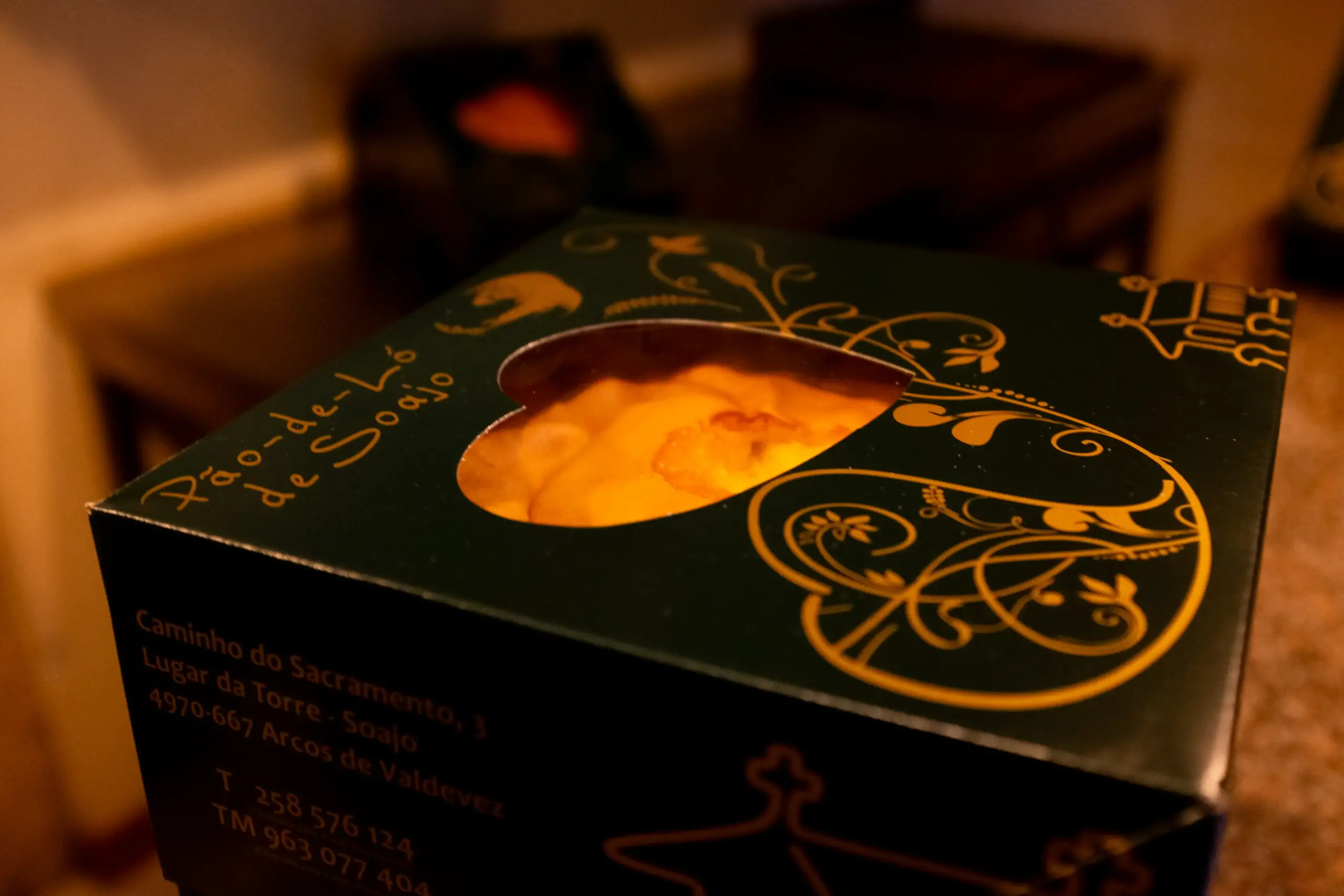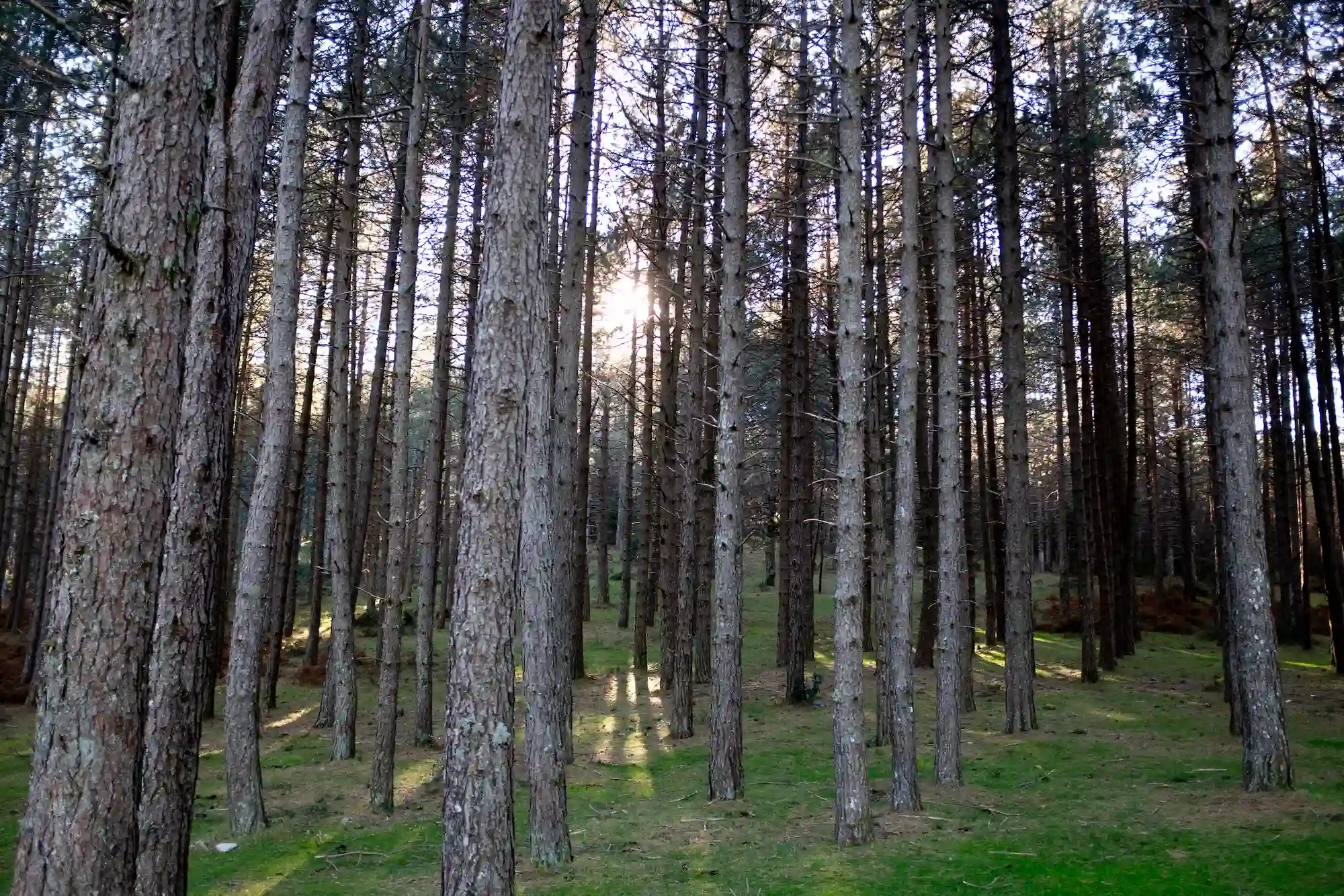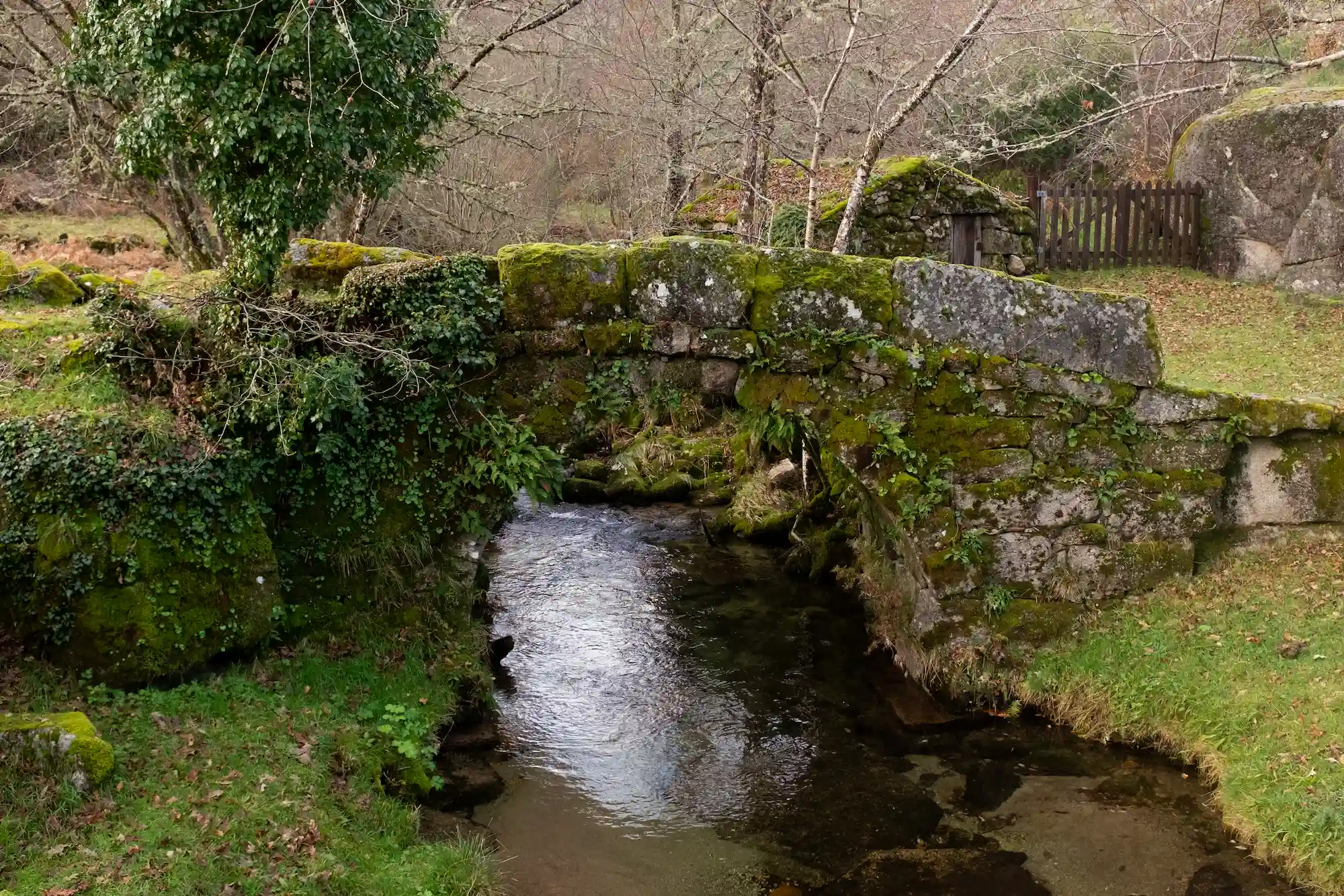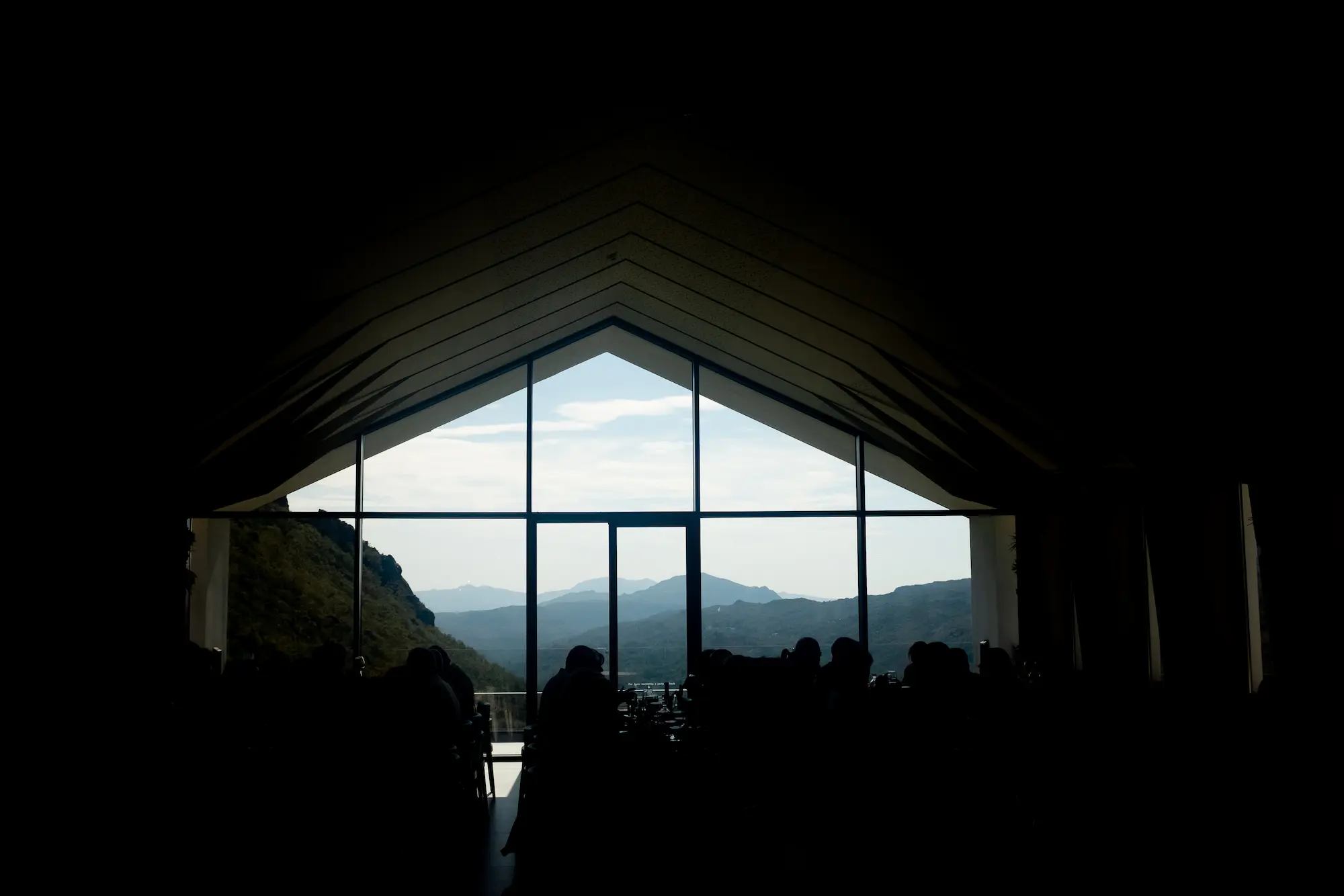
Private Family Ecotour
Private Family Ecotour
Overview
From:
€155.00
Share this travel
ITINERARY

After leaving your accomodation, we travel towards the green Minho region, where is located Portugal´s National Park.
The first stop will be Porta do Mezio and we are sure, your family expectations will exceed. There is a swimming pool, a miniature village, a viewing platform, a land equipment exhibition and, at the entrance to the park, the megalithic tomb Anta do Mezio. Your family will be able to relax and fill in some gaps in local nature knowledge.
It is common to find several Cachena cattle and wild ponies far up the mountainside. You will see wild cows, goats and ponies at the roadside, sometimes we will have to wait until the cattle let us through.
Just near Mezio we will visit a giant swing, Baloiço do Mezio, located on a ridge of about 900 metres high with a wonderful panoramic view over the Soajo Mountains and far into the mountains of the Peneda-Gerês National Park.
Below the swing, is common to find wild herd of the typical Garrano ponies. They have been living in this region for at least 20,000 years, so they are an ancient breed of horses that have adapted perfectly to the mountains and can also brave the Iberian wolf (which still exists) quite cleverly.
Continuing our ecotour, we will discover Travanca lagoons, here you can explore the area in wooden footbridges, and easily walk down to a small river, which forms several small, very idyllic water basins and waterfalls. Usually children climb in a hurry into the pleasantly refreshing water.
A short drive from Travanca lagoons lies the enchanting village of Soajo, a place that seems frozen in time. Nestled in the heart of the Peneda-Gerês National Park, Soajo is a haven for families seeking an authentic glimpse into Portugal’s rural heritage. You will be fascinated by the pyramid-shaped granaries, “espigueiros,” which guard the village’s historical crops. We will explore these iconic structures and explain their significance.
You won’t miss the opportunity to stop for a coffee break and savor “Pão de Ló do Soajo”, a very light cake made from flour, eggs and sugar. We will visit at a local pastry that still prepares this delicious cakes on the traditional way.
During our ecotour, we wil give a deeper understanding of the area’s history and how it has shaped the local way of life. The national Park has diverse ecosystems and mesmerizing wilderness, but one of the main highlights its the Sanctuary of Our Lady of Peneda.
Located in Peneda Mountain, it stands on the right bank of the Peneda river, occupying a hollow under a granite outcrop known has Penedo da Meadinha, which gives a unique landscape framing. It was built in honor of Our Lady of the Snows, unambiguous reference to the harsh local climate, and whose image, according to tradition, was found in a cave in ancient times. It has a large temple, with two bell towers, sober and robust lines, and the front hollowed by several large windows. The building has nineteenth century style with a Baroque influence, and opens onto an atrium giving access to a staircase in loops, with a balustrade ornamented by statues and elegant pinnacles.
After the sanctuary visit, enjoy a family lunch in a awarded local restaurant, where you can introduce your children to the flavors of “Carne Cachena” and other regional dishes. Miradouro do Castelo restaurant is the oldest in the village of Castro Laboreiro in the Peneda mountains, but it is a modern interpretation food spot of traditional cuisine. Eat while you are at 1.100m high with breathtaking mountain views.
After lunch we will discover Portugal´s Hobbits villages and its transhumance heritage. We will stroll through the cobblestone streets and admire the rustic granite houses and wooden balconies. Let your family imagination run wild as they picture life in this historical villages.
We will will visit “Brandas” located on mountain places where shepherds took their cattle at the beginning of the hottest months, starting from May. The main characteristic of this Brandas is the concentration of dry stone shelters (without joints) covered in stone with what is called a dome.
These constructions are distributed around the natural paths used by the shepherds, rudimentary constructions that take advantage of the terrain’s relief. Some of them had two floors, where the shepherd could stay overnight on the upper floor while the cattle stayed on the lower floor or in the outer enclosure called ‘bezerreira,’ protected by loose stone walls. These shelters are rectangular or square in shape, measuring between 4-6m per side, with double walls, larger slabs at the corners, and their openings created by slabs, two lateral “tranqueiras,” and an upper “padieira.” Their interior is dark and cold, with a stone slab for a fireplace in one corner, where food was cooked and heat provided. Next to it, there was a small hole in the wall where the shepherd kept iron pots for cooking.
After the hobbits villages visit we will return to your accomodation.
Highlights
Family Ecotour – Portugal´s National Park
-
-
Explore the wilderness and beauty of Portugal´s National Park
-
Create lasting memories of the wild and beauty
-
Discover the picturesque villages of Soajo, Castro Laboreiro and Aveleda
-
Delicious Regional Portuguese Lunch on a awarded restaurant at 1.100m
-
Guided visit to Nossa Senhora da Peneda Sanctuary
-
Engaging with welcoming locals
-
-
Included
Hotel Pick-up & Drop-off in Porto and Braga regions
Private transportation in a Premium Mercedes Van or Car
Professional guiding services in Portuguese, Spanish, French, and English
Delicious portuguese lunch at 1.100m high
Fees and Entrance
Bottled water
Free Wifi on board
-
Not Included
-
- – Personal expenses
- – Infant seats available upon request
- – Not wheelchair accessible
-
-
Additional Information
-
- – If any food allergies or veggie options, please mention at the checkout
- – Wear comfortable walking shoes
- – Children must be accompanied by an adult
- – Minimum Group Size 2
- – Maximum Group Size 8
-
-
Starting and Ending Time
09.00 am – Departure from accomodation
18.00 am – Arrival at accomodation
-
Duration
9h
-
Meeting Point
Pick-Up and Drop-Off at your accommodation
Price Information per Person
ADULT
- 8 people – 155€
- 7 people – 165€
- 6 people – 175€
- 5 people – 185 €
- 4 people – 195 €
- 3 people – 235 €
- 2 people – 285 €
CHILDREN
- 0 to 3 years old – Free
- 3 to 12 years old – 50% Discount
PAYMENT TERMS AND CANCELATIONS
- Free Cancellation 24 hours before departure
- Cancellations with less than 24 hours prior to departure or no-show, the tickets are non-refundable
- A 10% Pre-Booking deposit is required to confirm your tour reservation
- Online bookings full payment must be done 24 hours before departure
- Payment Method: Credit Card
Positive Travel
Since 2023, we have been implementing an ambitious carbon mitigation plan. To be certain that our sustainability initiatives are making impact, we are part of the action, supporting local community development projects in reforestation and wildlife preservation.

This tour from Porto as a total car foot print of: 0.06 tonnes of CO2: 330 km in a EU specified Diesel van (Class II). By choosing us, you will be contributing for the carbon offset and you will be supporting the following projects:

Private Family Ecotour
Description
ITINERARY

After leaving your accomodation, we travel towards the green Minho region, where is located Portugal´s National Park.
The first stop will be Porta do Mezio and we are sure, your family expectations will exceed. There is a swimming pool, a miniature village, a viewing platform, a land equipment exhibition and, at the entrance to the park, the megalithic tomb Anta do Mezio. Your family will be able to relax and fill in some gaps in local nature knowledge.
It is common to find several Cachena cattle and wild ponies far up the mountainside. You will see wild cows, goats and ponies at the roadside, sometimes we will have to wait until the cattle let us through.
Just near Mezio we will visit a giant swing, Baloiço do Mezio, located on a ridge of about 900 metres high with a wonderful panoramic view over the Soajo Mountains and far into the mountains of the Peneda-Gerês National Park.
Below the swing, is common to find wild herd of the typical Garrano ponies. They have been living in this region for at least 20,000 years, so they are an ancient breed of horses that have adapted perfectly to the mountains and can also brave the Iberian wolf (which still exists) quite cleverly.
Continuing our ecotour, we will discover Travanca lagoons, here you can explore the area in wooden footbridges, and easily walk down to a small river, which forms several small, very idyllic water basins and waterfalls. Usually children climb in a hurry into the pleasantly refreshing water.
A short drive from Travanca lagoons lies the enchanting village of Soajo, a place that seems frozen in time. Nestled in the heart of the Peneda-Gerês National Park, Soajo is a haven for families seeking an authentic glimpse into Portugal’s rural heritage. You will be fascinated by the pyramid-shaped granaries, “espigueiros,” which guard the village’s historical crops. We will explore these iconic structures and explain their significance.
You won’t miss the opportunity to stop for a coffee break and savor “Pão de Ló do Soajo”, a very light cake made from flour, eggs and sugar. We will visit at a local pastry that still prepares this delicious cakes on the traditional way.
During our ecotour, we wil give a deeper understanding of the area’s history and how it has shaped the local way of life. The national Park has diverse ecosystems and mesmerizing wilderness, but one of the main highlights its the Sanctuary of Our Lady of Peneda.
Located in Peneda Mountain, it stands on the right bank of the Peneda river, occupying a hollow under a granite outcrop known has Penedo da Meadinha, which gives a unique landscape framing. It was built in honor of Our Lady of the Snows, unambiguous reference to the harsh local climate, and whose image, according to tradition, was found in a cave in ancient times. It has a large temple, with two bell towers, sober and robust lines, and the front hollowed by several large windows. The building has nineteenth century style with a Baroque influence, and opens onto an atrium giving access to a staircase in loops, with a balustrade ornamented by statues and elegant pinnacles.
After the sanctuary visit, enjoy a family lunch in a awarded local restaurant, where you can introduce your children to the flavors of “Carne Cachena” and other regional dishes. Miradouro do Castelo restaurant is the oldest in the village of Castro Laboreiro in the Peneda mountains, but it is a modern interpretation food spot of traditional cuisine. Eat while you are at 1.100m high with breathtaking mountain views.
After lunch we will discover Portugal´s Hobbits villages and its transhumance heritage. We will stroll through the cobblestone streets and admire the rustic granite houses and wooden balconies. Let your family imagination run wild as they picture life in this historical villages.
We will will visit “Brandas” located on mountain places where shepherds took their cattle at the beginning of the hottest months, starting from May. The main characteristic of this Brandas is the concentration of dry stone shelters (without joints) covered in stone with what is called a dome.
These constructions are distributed around the natural paths used by the shepherds, rudimentary constructions that take advantage of the terrain’s relief. Some of them had two floors, where the shepherd could stay overnight on the upper floor while the cattle stayed on the lower floor or in the outer enclosure called ‘bezerreira,’ protected by loose stone walls. These shelters are rectangular or square in shape, measuring between 4-6m per side, with double walls, larger slabs at the corners, and their openings created by slabs, two lateral “tranqueiras,” and an upper “padieira.” Their interior is dark and cold, with a stone slab for a fireplace in one corner, where food was cooked and heat provided. Next to it, there was a small hole in the wall where the shepherd kept iron pots for cooking.
After the hobbits villages visit we will return to your accomodation.
Highlights
Family Ecotour – Portugal´s National Park
-
-
Explore the wilderness and beauty of Portugal´s National Park
-
Create lasting memories of the wild and beauty
-
Discover the picturesque villages of Soajo, Castro Laboreiro and Aveleda
-
Delicious Regional Portuguese Lunch on a awarded restaurant at 1.100m
-
Guided visit to Nossa Senhora da Peneda Sanctuary
-
Engaging with welcoming locals
-
-
Included
Hotel Pick-up & Drop-off in Porto and Braga regions
Private transportation in a Premium Mercedes Van or Car
Professional guiding services in Portuguese, Spanish, French, and English
Delicious portuguese lunch at 1.100m high
Fees and Entrance
Bottled water
Free Wifi on board
-
Not Included
-
- – Personal expenses
- – Infant seats available upon request
- – Not wheelchair accessible
-
-
Additional Information
-
- – If any food allergies or veggie options, please mention at the checkout
- – Wear comfortable walking shoes
- – Children must be accompanied by an adult
- – Minimum Group Size 2
- – Maximum Group Size 8
-
-
Starting and Ending Time
09.00 am – Departure from accomodation
18.00 am – Arrival at accomodation
-
Duration
9h
-
Meeting Point
Pick-Up and Drop-Off at your accommodation
Price Information per Person
ADULT
- 8 people – 155€
- 7 people – 165€
- 6 people – 175€
- 5 people – 185 €
- 4 people – 195 €
- 3 people – 235 €
- 2 people – 285 €
CHILDREN
- 0 to 3 years old – Free
- 3 to 12 years old – 50% Discount
PAYMENT TERMS AND CANCELATIONS
- Free Cancellation 24 hours before departure
- Cancellations with less than 24 hours prior to departure or no-show, the tickets are non-refundable
- A 10% Pre-Booking deposit is required to confirm your tour reservation
- Online bookings full payment must be done 24 hours before departure
- Payment Method: Credit Card
Positive Travel
Since 2023, we have been implementing an ambitious carbon mitigation plan. To be certain that our sustainability initiatives are making impact, we are part of the action, supporting local community development projects in reforestation and wildlife preservation.

This tour from Porto as a total car foot print of: 0.06 tonnes of CO2: 330 km in a EU specified Diesel van (Class II). By choosing us, you will be contributing for the carbon offset and you will be supporting the following projects:

Additional information
| Duration | |
|---|---|
| Destinations |
€155.00

































Reviews
There are no reviews yet.